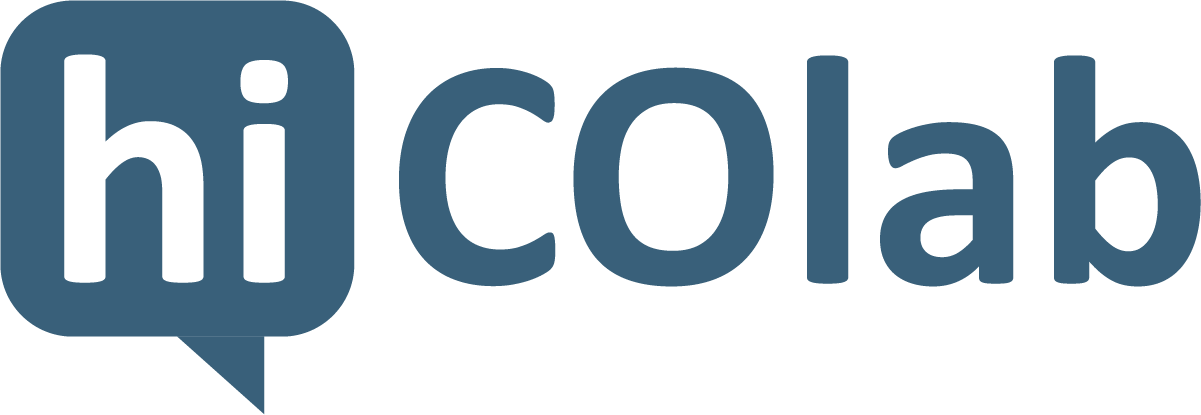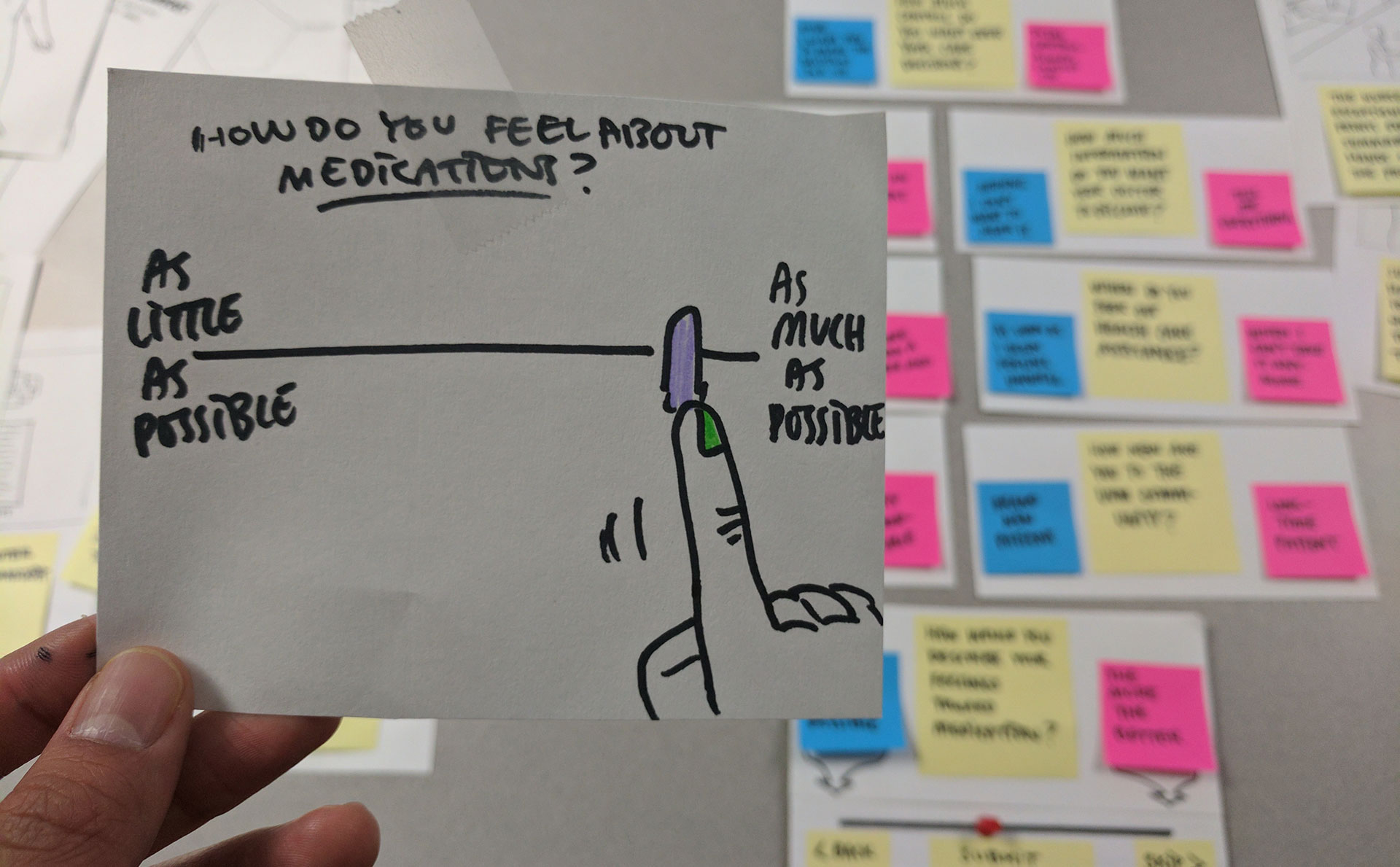The University of Vermont Health Network
hiCOlab Internships
The hiCOlab summer internship program at The University of Vermont Health Network gives highly qualified graduate students the opportunity to work on design-led innovation projects within a nationally recognized academic medical center and regional health system. Working side-by-side with our team and clinical partners throughout the organization, interns apply the tools and methods of human-centered design to an array of wicked problems that challenge healthcare systems. Our interns have been instrumental in advancing hiCOlab’s mission and demonstrating the value of design-led innovation within healthcare.
What do interns do?
As a hiCOlab intern, you will apply the principles of human-centered design to work through the innovation process with a focus on improving the experience of health and healthcare for our patients, their caregivers, and providers. With these tools and methods in hand, you will observe the human experience and collect first-person stories; you will ask relevant, thoughtful questions to understand challenges and opportunities; and you will use these insights to ultimately envision future possibilities through rapid ideation and prototyping that includes testing potential solutions. Learn more about past intern projects.
Past Intern Projects
Creating better communication between patients and their care teams in the hospital
We developed a concept and prototype for an integrated digital system that helps patients in the hospital and their caregivers know more about their care team and track specific interactions with them. The system is designed to incorporate a bedside tablet for patients, a touch-screen in-room wall display, and RFID technology that tracks which care team members enter the patient’s room. The patient-facing interface in the system includes a timeline of the patient’s care in the hospital, a diagram of their care team, profiles of their providers, and a way to record their questions and goals.
Giving patients the right care information at the right time before and after a procedure or hospitalization
With the imperative to create more individualized and convenient experiences, our team found an opportunity to improve how information and care instructions are accessed by patients and provided at a time when they are most able to understand and act upon them. Many patients say they feel rushed and overwhelmed during the post-procedure and discharge process, or they are not in an appropriate physical or mental state to even hear and digest this type of information. With this digital platform, information about medications and care instructions are provided to patients in clear language and in different formats that can be tailored to patient preferences.
Creating more meaningful and customized care plans
We designed a conversation guide that promotes a greater understanding of patients’ preferences, priorities, and lifestyle choices outside of the healthcare environment, enabling ongoing conversations for whole-person care. The tool prompts of an initial discussion about how patients view their health with the expectation that a provider will customize their recommendations to more accurately meet the patient’s needs. The provider can also “prescribe” longitudinal data-collection from the patient to promote more robust follow-up conversations around planning and lifestyle changes.
Building a comprehensive system that integrates employee health and wellbeing into the workplace and daily experiences
We explored ways to integrate employee health and wellbeing into the workplace and the daily experiences of UVM Medical Center employees. In our initial steps, we aimed to reveal what employees need to feel good and healthy while at work. We then sought to understand the current system of employee access to support and programming surrounding health and wellbeing- it’s strengths, weaknesses, and barriers. We identified gaps in the system where employee needs had yet to be met, and targeted those as areas where we could innovate. Using the principles, methods and tools of human-centered design, this document will highlight research insights, identify design principles that guide the building of solutions, and provide findings on the testing of two prototypes. Using participatory design practices that incorporated the stakeholders (the employees themselves) into our design process ensured we would not only be able to derive deeper contextual understanding of the daily experience of UVMMC employees, but also innovate a tool that could enable them to integrate opportunities for wellbeing throughout their workday in an effective and flexible manner, reflective of their diverse needs.
Intern Testimonials
As a design intern with hiCOlab, I had the opportunity to directly contribute to a real project and apply skills I learned in my design Master’s program such as ethnographic research, synthesis, ideation, prototyping, and testing. The team had done a lot of pre-work to create scoped projects for our 10 week internship, so we were able to jump right in when we arrived. Being able to lead a project allowed me to hone my design skills, teach design to non-designers, practice public speaking and present to critical stakeholders. Abby and Jeremy were incredible mentors who gave us the space to work independently and lead our own project, while gently guiding us when needed. I really value this experience as it helped me grow as a designer
and confirm my decision to pursue a career as a service designer in healthcare.
Aubrey Kraft
Service Designer at Kaiser Permanente Design Consultancy
“I was accepted for hiCOlab’s inaugural summer internship. I had worked in healthcare management before, but never within design or innovation. I was excited to learn about the field and spend a summer at the UVM Medical Center, where Abby and Jeremy had created an Innovation Lab where brilliant, creative, and purpose-driven individuals came together to advance healthcare, an area of passion for all of them.The beginning of the internship was a boot camp on human-centered design, during which I learned to move from “no, but” to “yes, and,” as well as how to facilitate interviews and record feedback. My specific project focused on delivery of information to patients during healthcare experiences. We discovered, synthesized, designed, and tested using patients and their needs as our guiding light, incorporating design principles and user experience research along the way. As a physician-in-training, it was a challenge to work in this new way, but hugely beneficial to gain an entirely new set of tools to identify, dive into, and try to solve problems in healthcare.
At the end of our project—and an amazing summer filled with new friends and colleagues, constant mentorship, and inspiring work spaces, plus sunsets over Lake Champlain, breath-taking drives, incredible food, and lots of hiking—we delivered a presentation to senior hospital leadership on our research, findings, and proposals. It was rewarding to work on the patient experience and exciting to do it through the lenses of design and innovation. I’m grateful to hiCOlab for the opportunity and for all that I learned.
I cannot recommend this summer program enough, especially to those who have little background but a lot of desire to learn more about design and innovation in healthcare.”
Philip Maynard
New York Medical College








